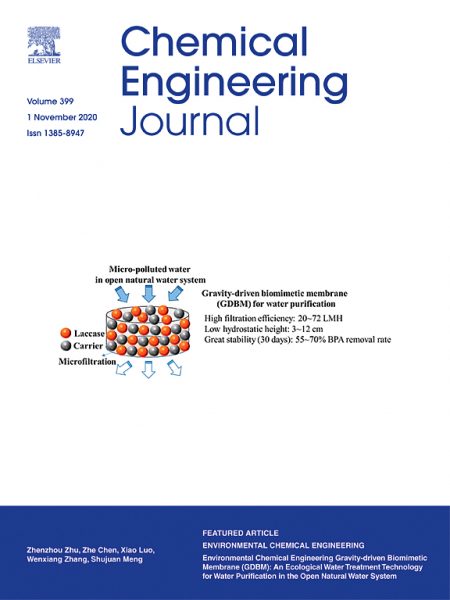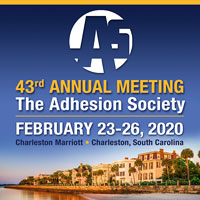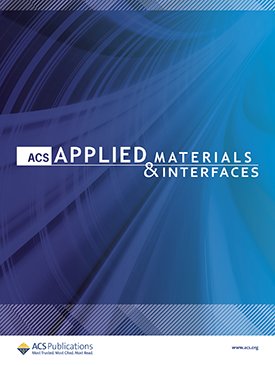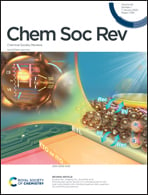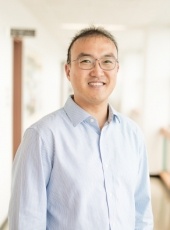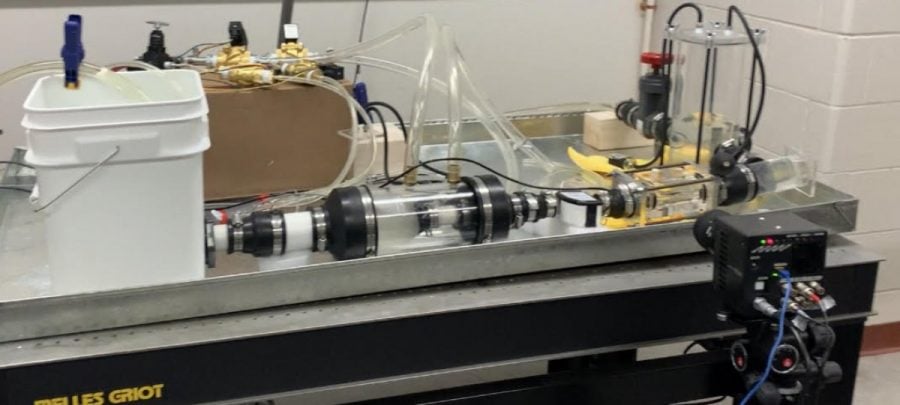
Position is Closed
The Biofluids Laboratory at the Biomedical Engineering Department of Michigan Technological University (Houghton, Michigan) has an opening for a graduate research assistant (PhD) starting January 2021.
The candidate will contribute to:
- The design and implementation of cardiovascular devices.
- Conducting experimental and computational studies on various congenital and adult cardiovascular models.
- Image reconstruction and processing by using and expanding existing tools and development of novel methodologies.
Applicants should hold a bachelor’s or master’s degree in Mechanical Engineering, Biomedical Engineering, or a related field.
To apply, please submit applications here. In addition, send a copy of your CV and the contact information of three references to Dr. Hoda Hatoum (hhatoum@mtu.edu). Review of applications will begin immediately.

